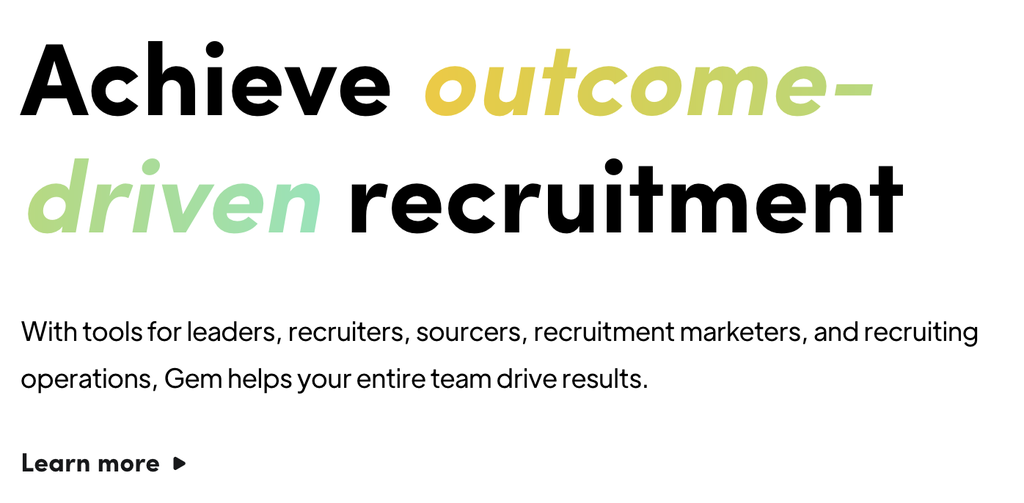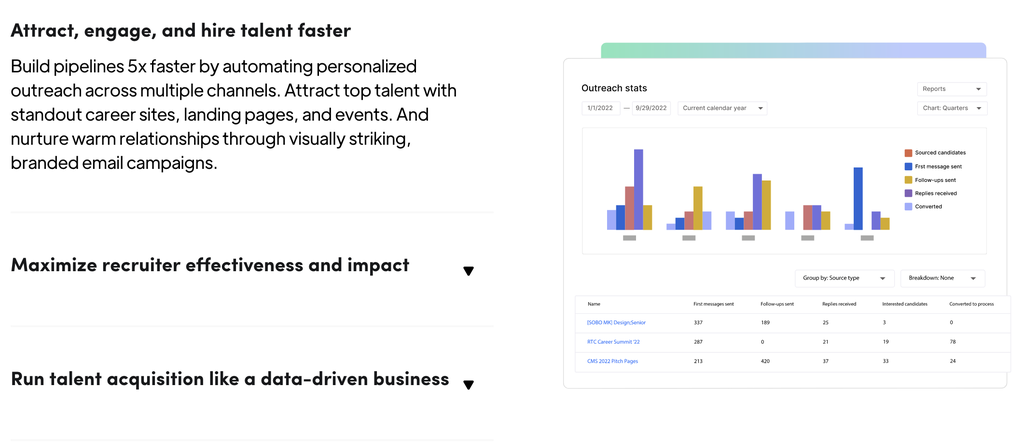Creating Balance in Professional Outreach: A Thoughtful Approach
Table of Contents
Technology professionals often experience high volumes of recruitment messages throughout their careers. The proliferation of automated outreach tools has dramatically increased the frequency of these communications, creating challenges for both recipients and thoughtful recruiters trying to establish meaningful connections in a crowded digital environment.
This dynamic has significantly benefited professional networking platforms—with LinkedIn generating approximately $4 billion in quarterly revenue according to Microsoft’s latest earnings report1. However, this volume-oriented approach creates challenges for professionals seeking to maintain focused work environments.
The Evolution of Recruitment Technology #
As technological innovation continues, recruitment processes have increasingly incorporated automation tools. Companies like Gem represent this trend, offering specialized platforms that facilitate talent outreach across multiple channels by drawing on data from various professional platforms.

Gem’s platform offers features intended to “Build pipelines 5x faster by automating personalized outreach across multiple channels,” “Maximize recruiter effectiveness and impact,” and “Run talent acquisition like a data-driven business.” These capabilities reflect the growing emphasis on efficiency and scale in recruitment processes.

Several technology professionals have identified messages originating from these systems, often recognizable through tracking domains like znsrc.com that manage unsubscribe functions and engagement analytics234.

Here’s an example message I received through such a system, along with a subsequent follow-up communication. The outreach appears to use contact information from my résumé, which is publicly accessible on GitHub. Notably, these messages lacked compensation information—a detail that is actually required by law for positions in New York City.
I made a personal decision several years ago to deactivate my LinkedIn profile as it no longer provided meaningful value for my professional needs. Despite this choice, I continue to receive recruitment messages through other channels, suggesting the expansive reach of modern recruitment data systems.
The sophistication of these platforms likely includes capabilities for filtering potential candidates based on various criteria, potentially including project metrics, community engagement statistics, or keyword matching against current industry trends.
Establishing Productive Communication Boundaries #
Over the years, I’ve experimented with various approaches to manage recruitment communications. Recently, I’ve implemented a more structured response strategy designed to establish clear parameters for professional engagement. My current approach involves a templated response that outlines specific requirements:
Hey {{ recruiter }},
I know that recruiting is a very difficult job, so I prefer to avoid wasting your time (and require the same courtesy in return). I’d be happy to chat further, however, these days I charge a $10,000 interviewing fee, which–upon the acceptance of an offer–can be applied as a credit to my wages.
I require this interviewing fee up-front in order to filter out companies that are not serious about hiring and to reduce the amount of ghosting I experience. The fee is non-refundable.
Additionally, I need to know the total compensation for this position (base salary, equity, bonus, etc) before proceeding, as I do not consider positions without having this information ahead of time. Salary information is required by law in New York City under the Pay Transparency Law (https://dol.ny.gov/pay-transparency).
If you’d like to proceed, please let me know, and we can arrange payment. If I don’t hear back from you within one week, I will assume you have chosen not to proceed.
All the best & thanks for the email,
Brenden
This approach, facilitated through the Apple Mail template system, has proven remarkably effective at filtering communications to those that align with my professional priorities. The response rate indicates it succeeds in clearly communicating my boundaries and expectations.
Promoting Transparency and Respect in Professional Communication #
If this approach were more widely adopted, it could potentially encourage greater transparency in recruitment practices, particularly regarding compensation and role specifics. Such transparency would benefit both professionals evaluating opportunities and companies seeking to attract well-matched candidates.
This approach represents a form of collective boundary-setting in the digital age—professionals establishing clear parameters for engagement that respect their time and expertise while encouraging more meaningful professional connections.
Towards More Meaningful Professional Dialogue #
The goal isn’t to eliminate recruitment communications but rather to transform them into more relevant, personalized interactions that genuinely serve both the professional and the organization. By encouraging greater specificity and transparency, we can work toward a recruitment ecosystem that respects everyone’s time and focuses on creating genuine value and meaningful professional matches.